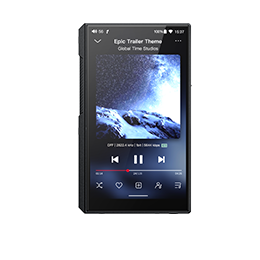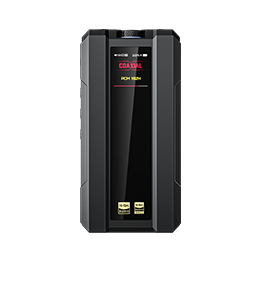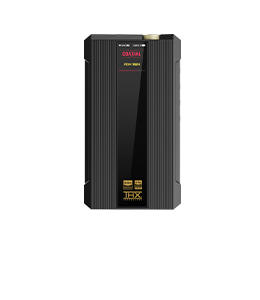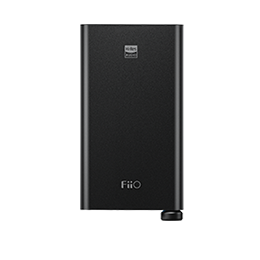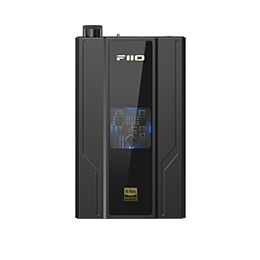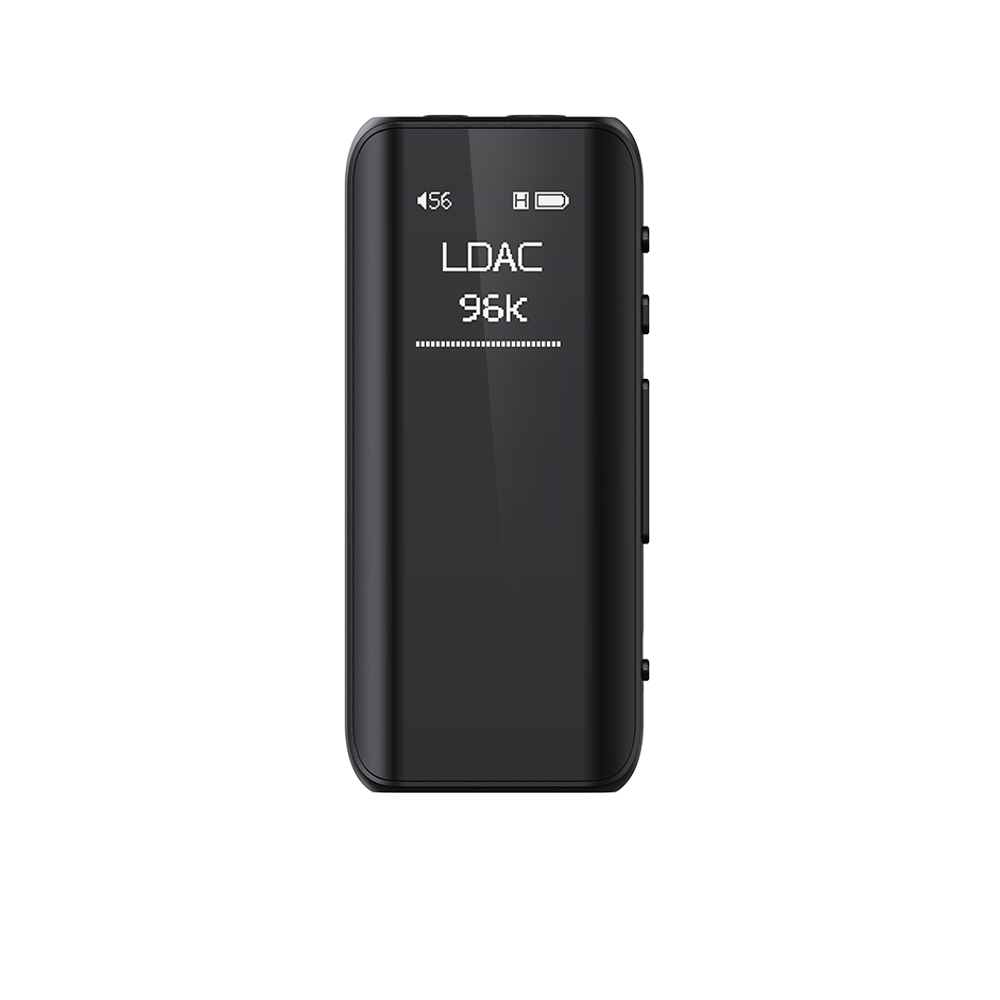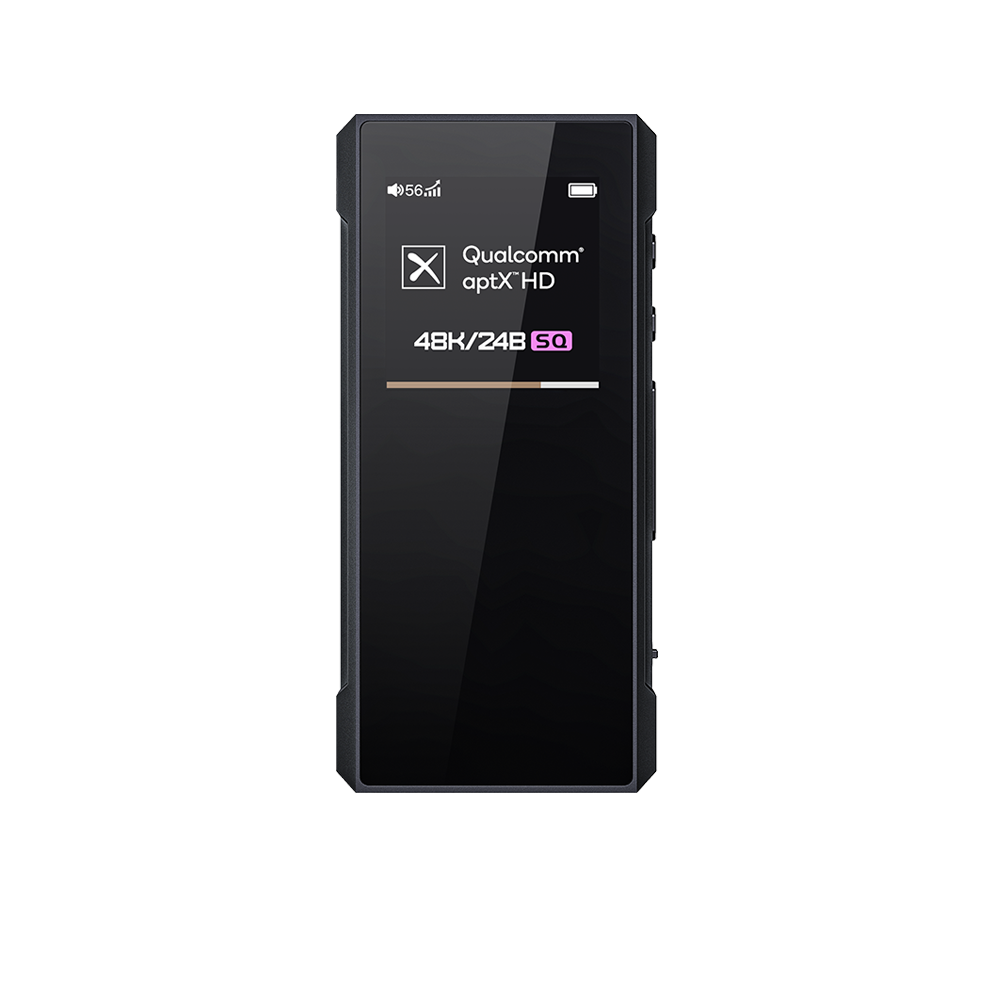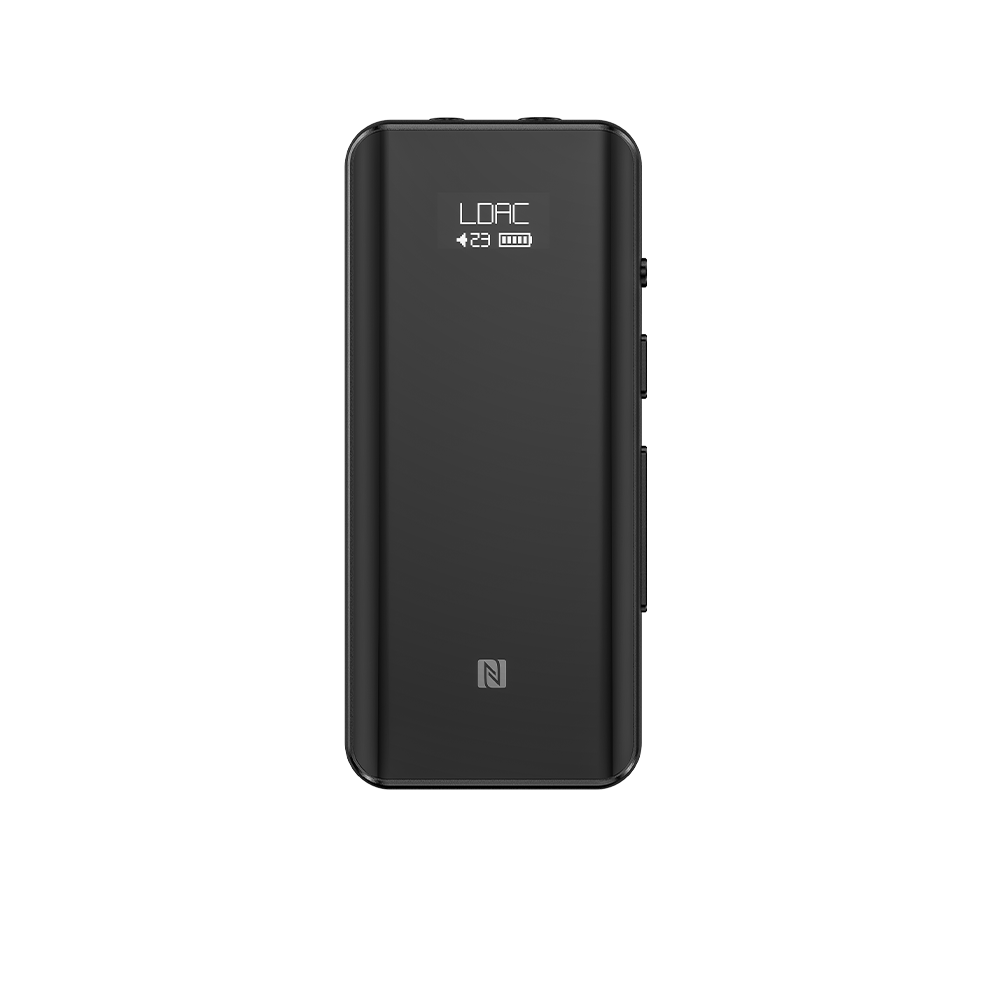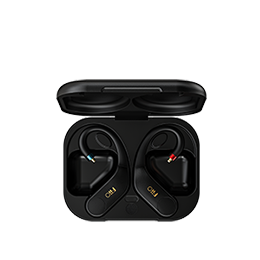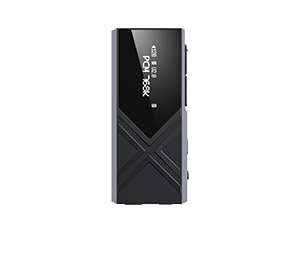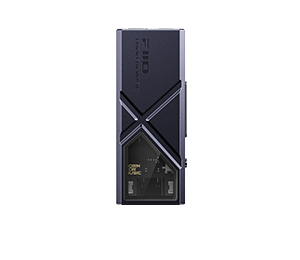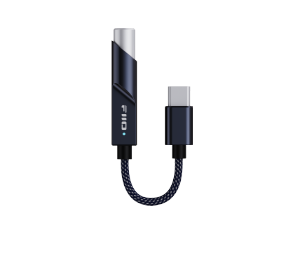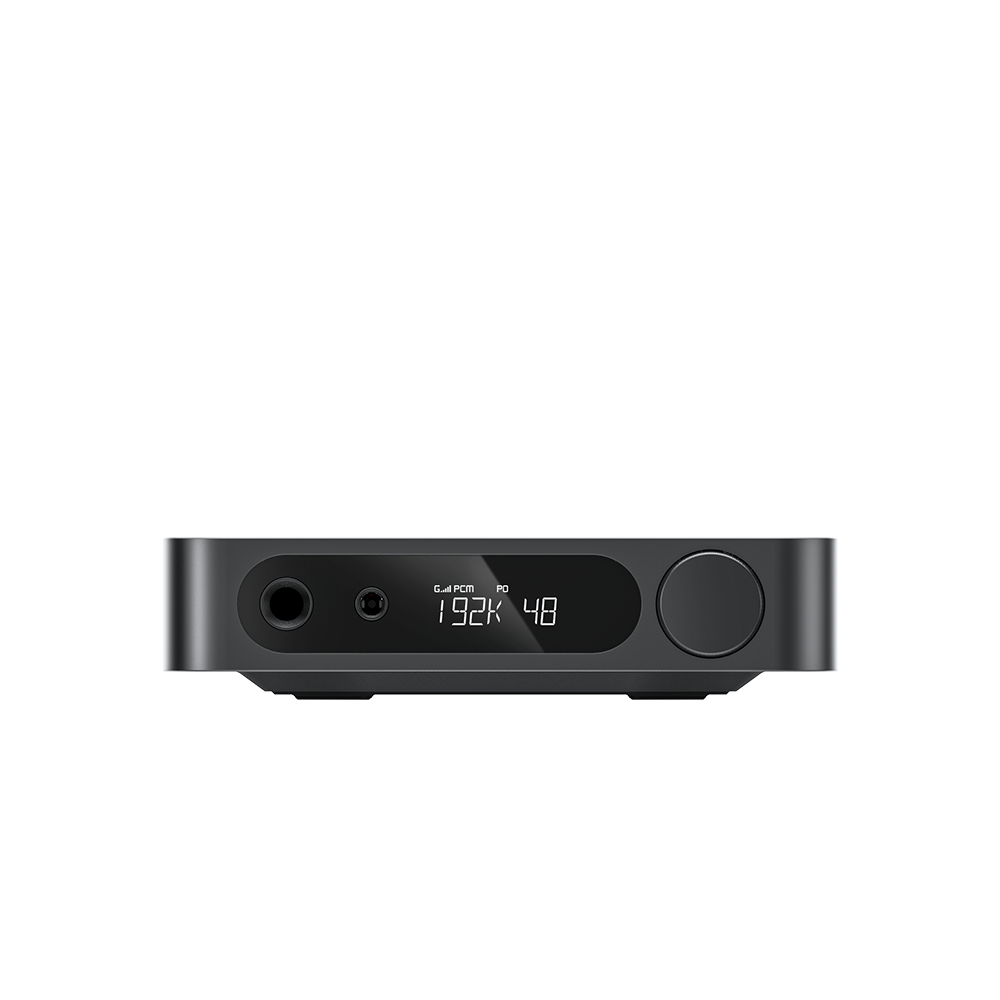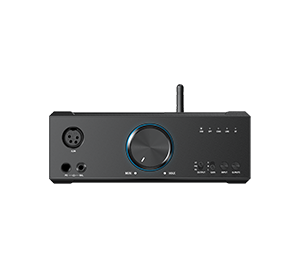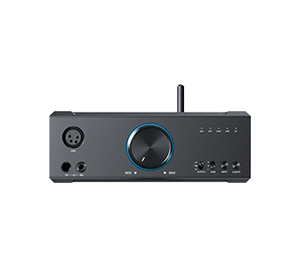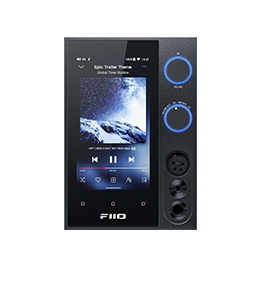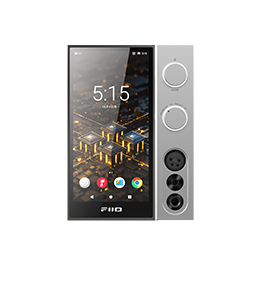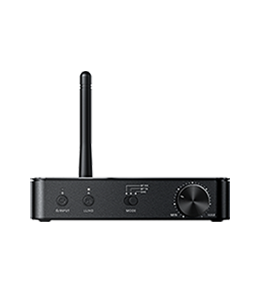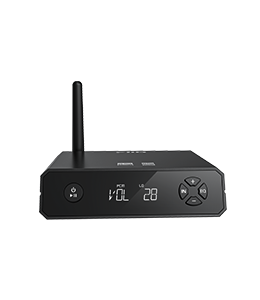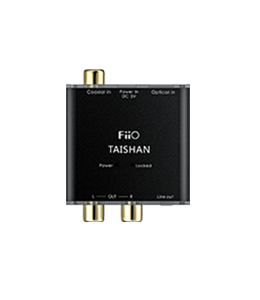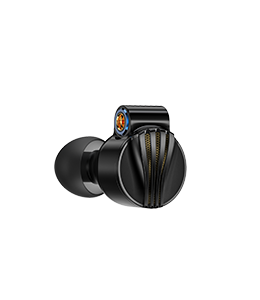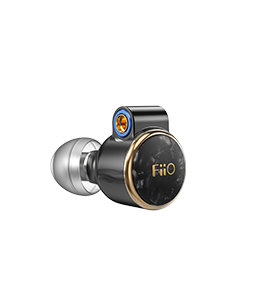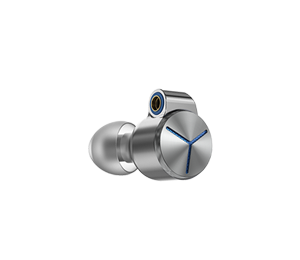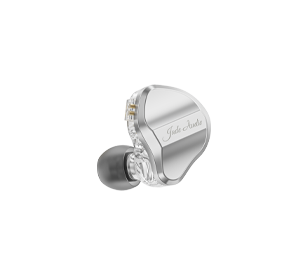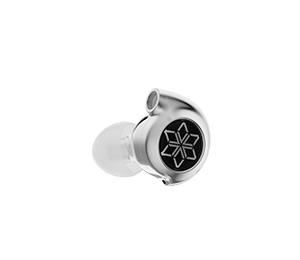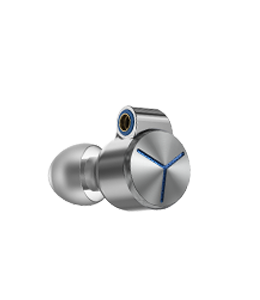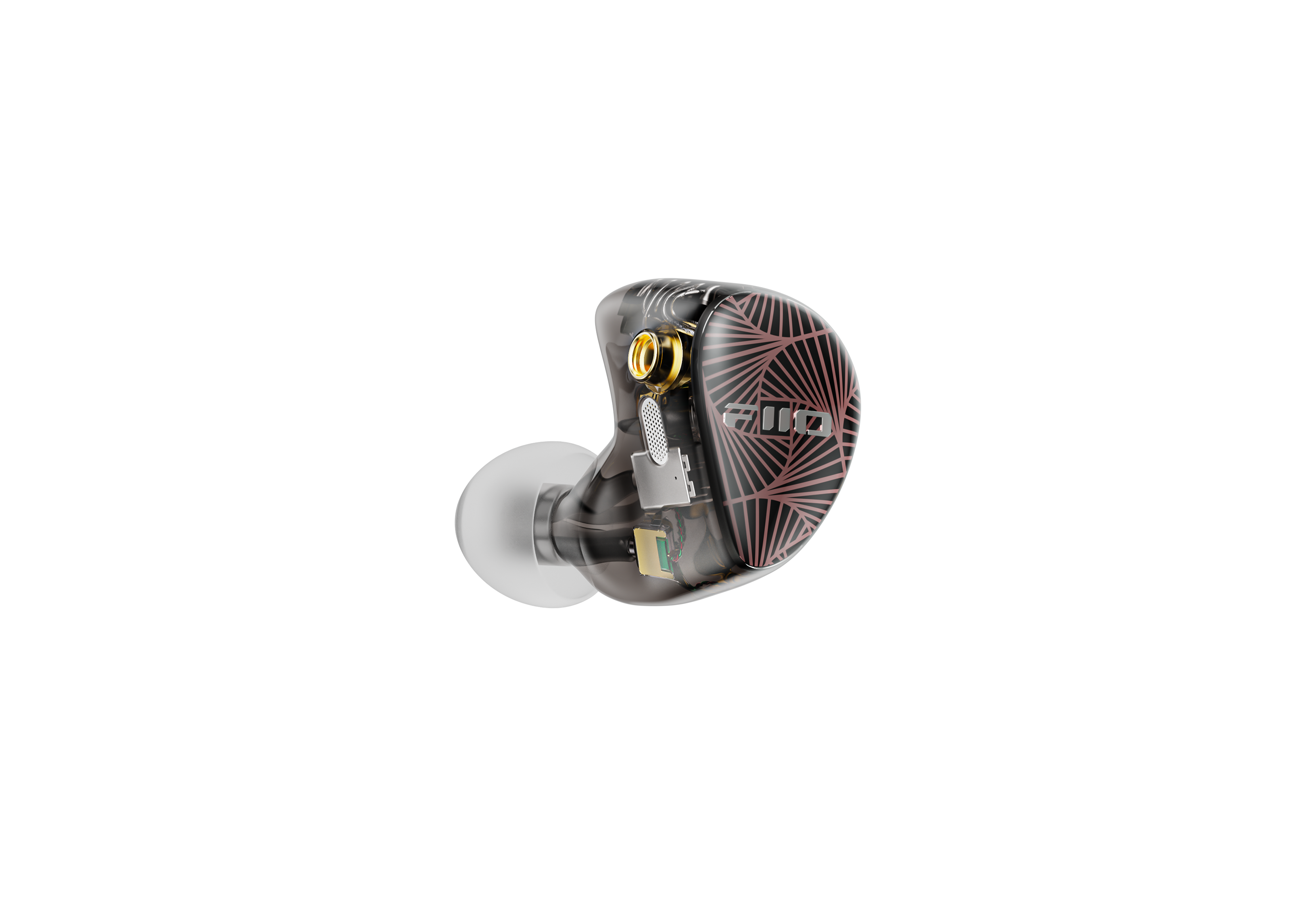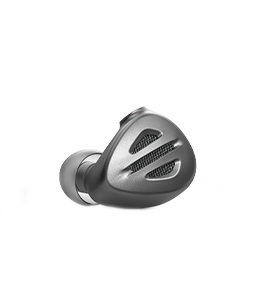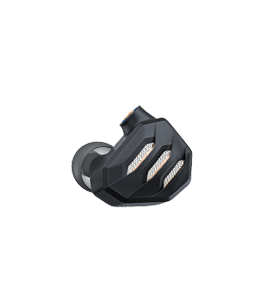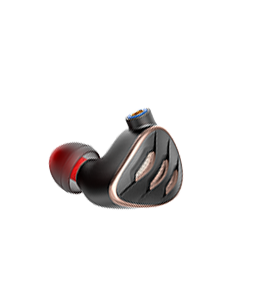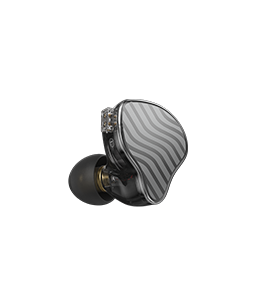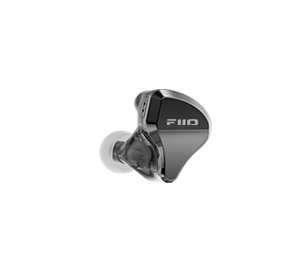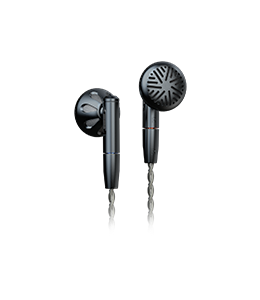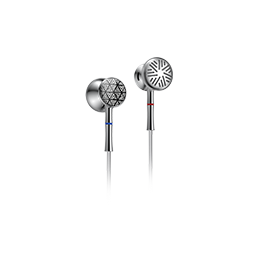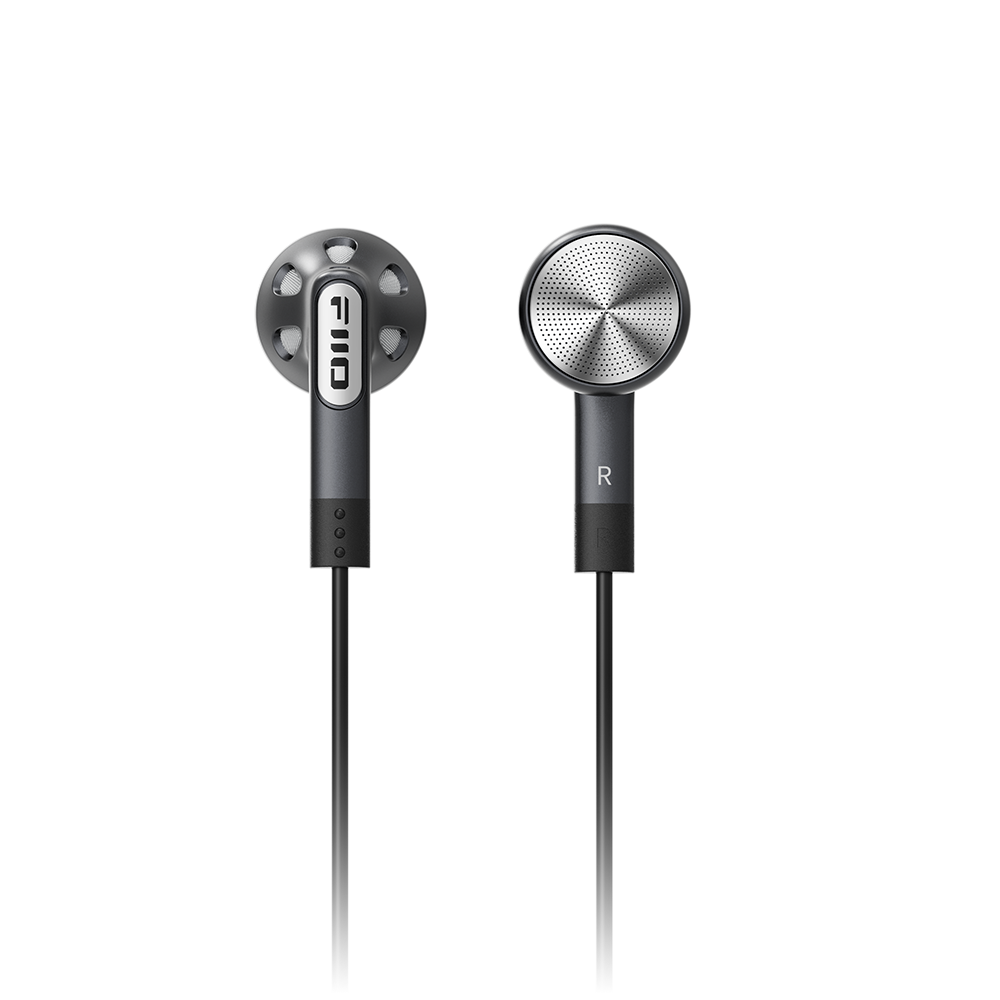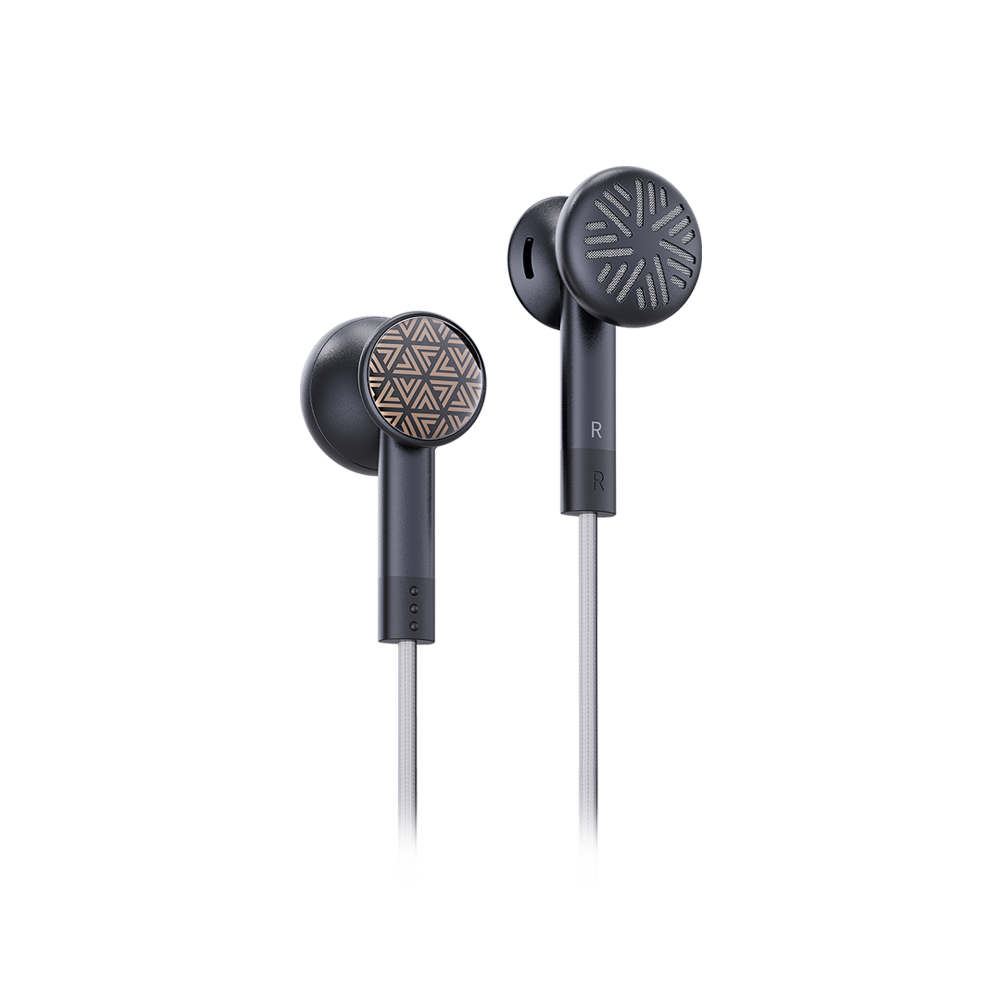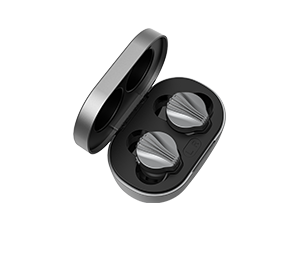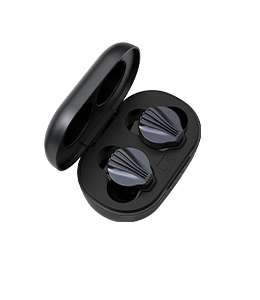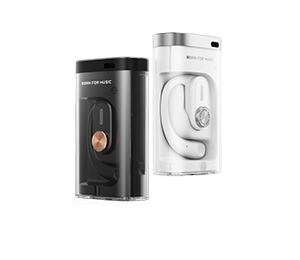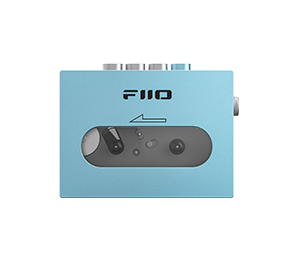Fiio F9 Pro Triple Driver Earphones Synopsis – Best bang for the buck?
Author:Josh Noriega
Review from:The Synops
→→ Read the original article on The Synops:>> Click here

This Synopsis
It usually happens to be, “You get what you pay for”, but I’m sure I’m not the only one who has lucked out on a little-known brand. Granted, lengthy scrolling on Amazon and taking a risk on a nice product presentation does lead to way more misses than hits. But finding a gem is oh-so satisfying – almost like getting away with something by having successfully avoided paying 3x more for the popular choice.
Fiio has had such humble beginnings like this, but has stayed humble despite its progressions. Originally dedicated to audio players, Fiio made the natural step to producing its own headphones. And at $139 for a triple-driver flagship in-ear headphone, it shows that the company is continuing to challenge an industry that charges hundreds more for a comparable package. This Synopsis sums up what you can expect from the audiophile-grade F9 Pro earphones.
The Rundown
On paper, it looks like Fiio ticked all the right boxes with the F9 Pro: a unique and eye-catching design, removable cable, Balanced output support, and Hi-Res Audio certification. But you never really know until you try it. Fortunately, we’re talking about a company that has a great reputation in the audiophile community and has been dropping some excellent devices as of late (check out our X7 Mark II DAP and BTR1 Wireless DAC Synopses), so we’re optimistic.
A waterproof and more compact soft case gives you options.
Standard and Balanced cables included in the box – oh my.
Advantages
Premium materials
Ergonomic and secure design
Removable cable using MMCX standard
Wide ear tip selection
Balanced cable in the box
Notable sound for the price
Disadvantages
Stiff around-ear memory wire
Stock ear tips leave to be desired
The two cables have different characteristics
Sound leaves plenty of room for improvement
What it’s like to use
Design
Fiio has a few earphones now, but the F9 series represents their best. The F9 Pro has become the current flagship, which succeeds the original, lower-costing F9. As the nomenclature implies, we’re essentially looking at a refined F9, for $40 more.
This means that the slick, completely metal construction and eye-catching wave design on the outward surface of the earpieces are back. This is one of the best-looking earphones we’ve seen.
The design isn’t completely the same. Fiio tweaked the angle of the cable socket for a more ergonomic/comfortable fit. They’ve also added more concise blue and red markings on both ends, to eliminate the chance of mixing up the left and right channels (and it looks nice too). The jack at the end of both cables are now right-angled too.
On that subject, we can’t commend Fiio enough for going above and beyond by including a Balanced cable in the box. This affirms the earphone as an “audiophile” product, enabling such users to get playing right away from their HiFi audio players without having to drop extra on a third-party Balanced cable. Specifically, this cable is terminated with a 2.5mm TRRS Balanced jack. This is a widely used standard in HiFi players, but bear in mind that the 4.4mm Pentaconn is emerging.
Smaller Balanced TRRS 2.5mm jack on left and standard TRS 3.5mm on right.
Around-ear memory wire the same on both cables, but not the rest.
The standard and Balanced cables are have similar length and terminations, but for some reason are built differently. The former has a more typical solid, rubbery sheathing and the latter is made from a thinner, twisted, and more-plastic-y wrapping. They’re both fine cables, but the user is out of luck if he/she preferred the other. There’s a couple significant differences. The Balanced cable lacks tangle-resistance and omits the 3-button in-line remote found on the standard cable.
Usability
The F9 Pro utilize the common pod-like earpiece form and therein the around-the-ear wear. You’ll find this design on most audiophile earphones, as it’s superior for fit, security, and microphonics cable noise (which gets eliminated). This is especially what you want if you move around a lot or work out with them.
The memory wire is stiffly shaped to wrap around the ear.
Manufacturers have a choice on the bit of the cable that routes up and around the ear; some choose to stiffen that section so it follows the ear shape and others just like the cable naturally route and fall. Fiio opted for the former method with the F9. It’s actually one of the thickest memory wires we’ve seen on “pro” earphones, which had us worried initially.
Our reservations were immediately squashed at the first use. The form of memory wire fit our ears perfectly. The stiffness actually keeps the cable off the ear a little bit but superiorly secure and comfortable. There’s no movement whatsoever. Fiio did an exceptional job here.
Speaking of fit, we can’t forget about the ear tips. This is a sensitive subject when it comes to earphones. Not everyone’s ear canal are the same, and it’s a challenge for a manufacturer to come up with a solution that works for everyone, while maintaining the quality of the output. If you can’t get a good seal, then it’s game over.
Fiio approaches this problem by increasing selection. There’s not two but three different silicone tip types (with S, M, and L sizes). You’ll of course also get foam tips, which are tremendously help in noisy environments.
Fiio stock tip.
Assortment of tips include two different Spinfit-like silicone, Fiio silicone, and foam.
We’re glad that Fiio is so generous with the tips. We weren’t a fan of the stock silicone tips. They’re a bit too firm (a squishier texture would help the seal), and they cling onto lent/ear wax more than your average bear. Fortunately, chances are that one of the other tips will be your cup of tea.
With all this said, we have to commend Fiio on giving the user more for less. It’s not common for even way more expensive earphones to come with this much in the box.
Audio
The low 28 ohm impedance means that the F9 Pro are driven just fine out of smartphones.
The updates on this “Pro” version aren’t just on the surface. The sound of the original F9 left plenty of room for improvement, and Fiio certainly took the opportunity to develop the quality. The F9 Pro still utilizes a triple driver setup (1 dynamic + 2 balanced armature), but Fiio partnered with Knowles this time around to supply the two BA drivers. Some of the common complaints about the F9’s sound was some noticeable peaks and incoherence in some spots. We think this is what may have attributed to the move to Knowles, while Fiio works out its own drivers.
What you’ll notice immediately with the F9 Pro is its strong bass. It’s more punchy that deep-reaching with sub-bass, but not lack of it. The more prominent mid-bass has an interesting quality. It hits hard and covers a surprisingly large space, but has a bubbly/echo-y and somewhat hollow nature. We’re pretty torn about bass, because it’s larger than life and spectacularly engaging, but it’s missing some definition/texture.
Balanced output out of a popular HiFi DAP like the Onkyo DP-X1 is a go.
The bass stays cleanly away from mid-range interference, but its strength overshines the mids a tad. That said, we’d call this sound signature more U-shaped than V-shaped. The quality of instruments and vocals in the mid-range are appreciable but not outstanding in definition, and have a laid-back nature. We’ve heard more immersive mids from other audiophile-class earphones.
The treble is alright with the F9 Pro. It gets the job done, but not generally anything to write home about. It similarly has a laid-back quality (slightly distant and not a lot of extension).
One of the best parts of the F9 Pro’s sound is the soundstage. This is where it’ll give direct competition a run for their money. The openness of the sound allows dynamics to be appreciated, though not fully taken advantage of by everywhere in the spectrum (as we’ve discussed). There’s still enough quality here to enable the satisfying impact of a significant stage.
The Gallery
Final Thoughts
Unlike other Fiio devices we’ve examined, The F9 Pro isn’t as simple of a recommendation. There’s some good pros and cons. The pros revolve around its construction, design, and accessories, which are frankly are surprising for the money. But the sound leaves to be desired, at least to ears have heard high-end competition like the Beyerdynamic Xelento and Shure SE846. While Fiio has digital audio players down pat, it still has some kinks to work out with headphones. However, this isn’t unexpected, as the company is relatively new to headphones.
This isn’t to say we wouldn’t recommend the F9 Pro. We’re comparing it to earphones that cost hundreds more (because that’s what it aims to compete with). For the price, the F9 Pro is certainly where it should be. And the large bass and soundstage responses helps it stand above the rest.







